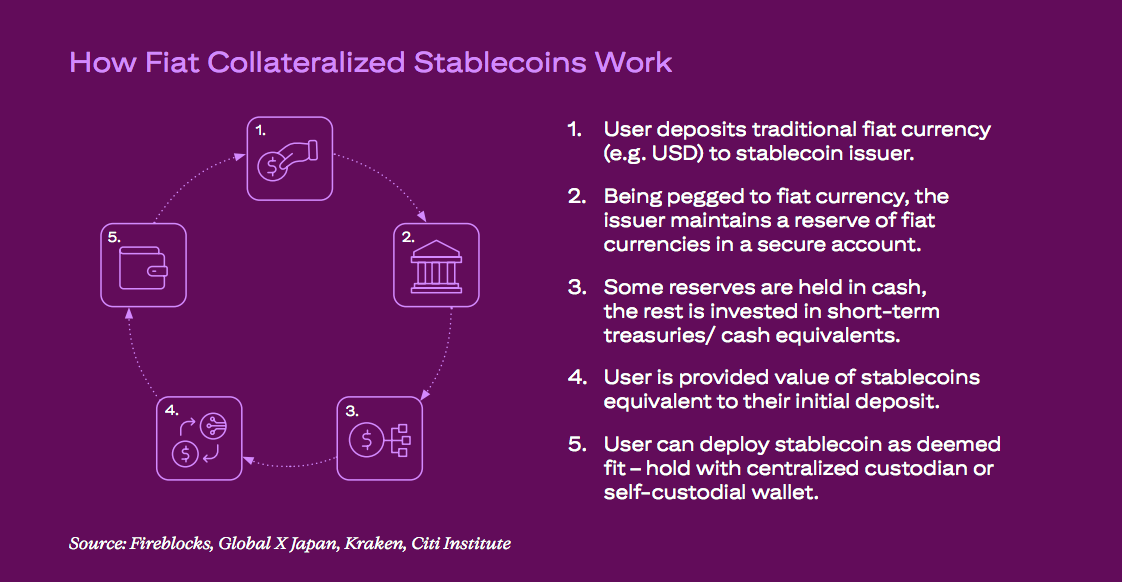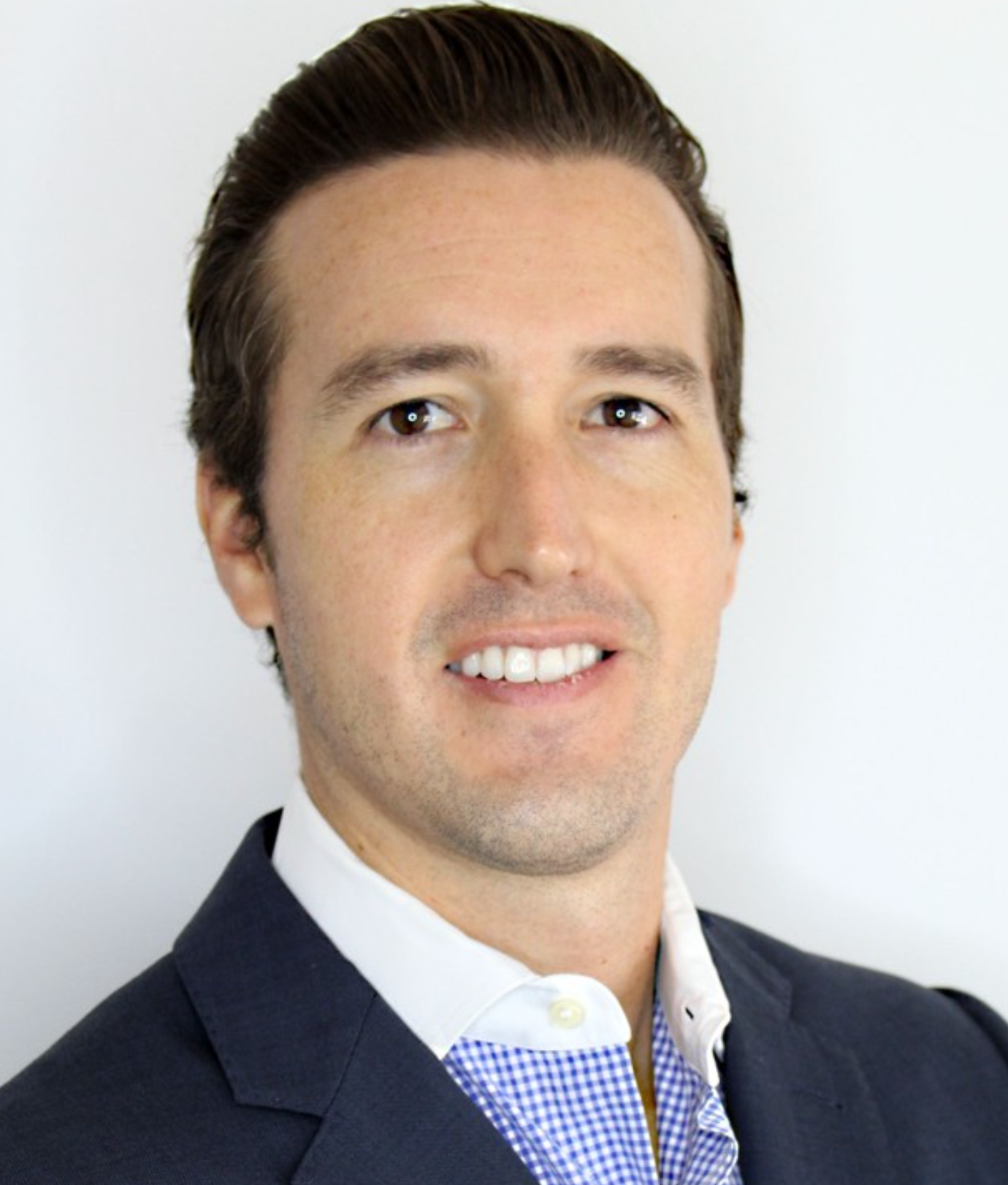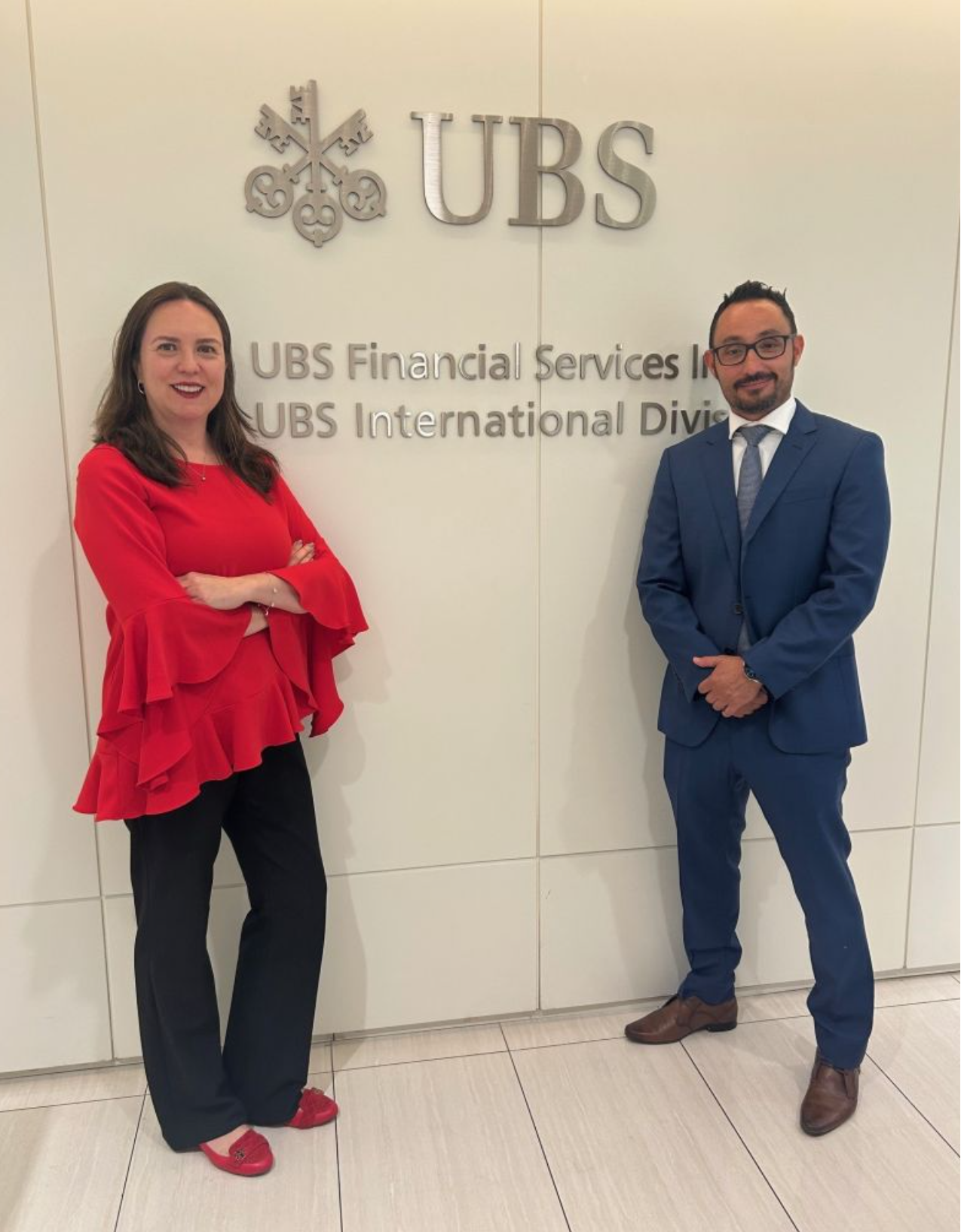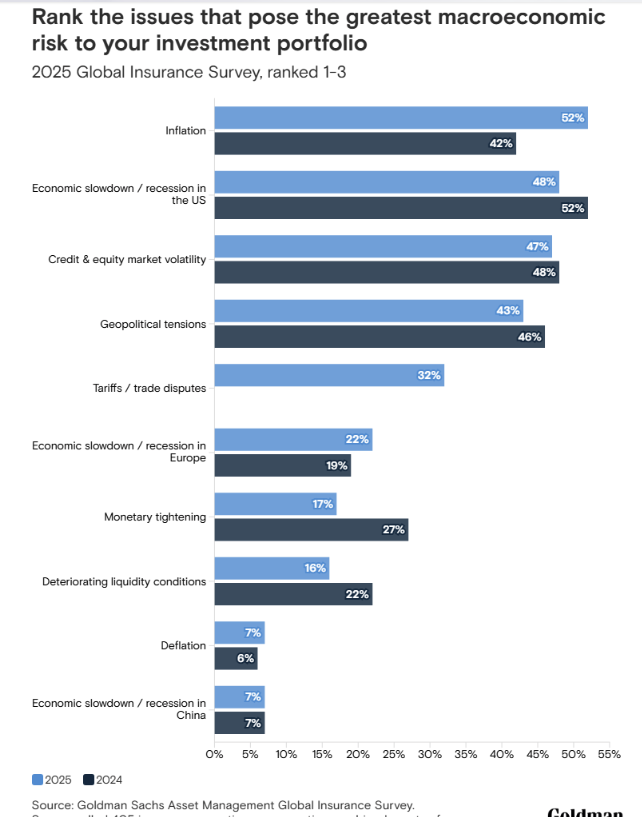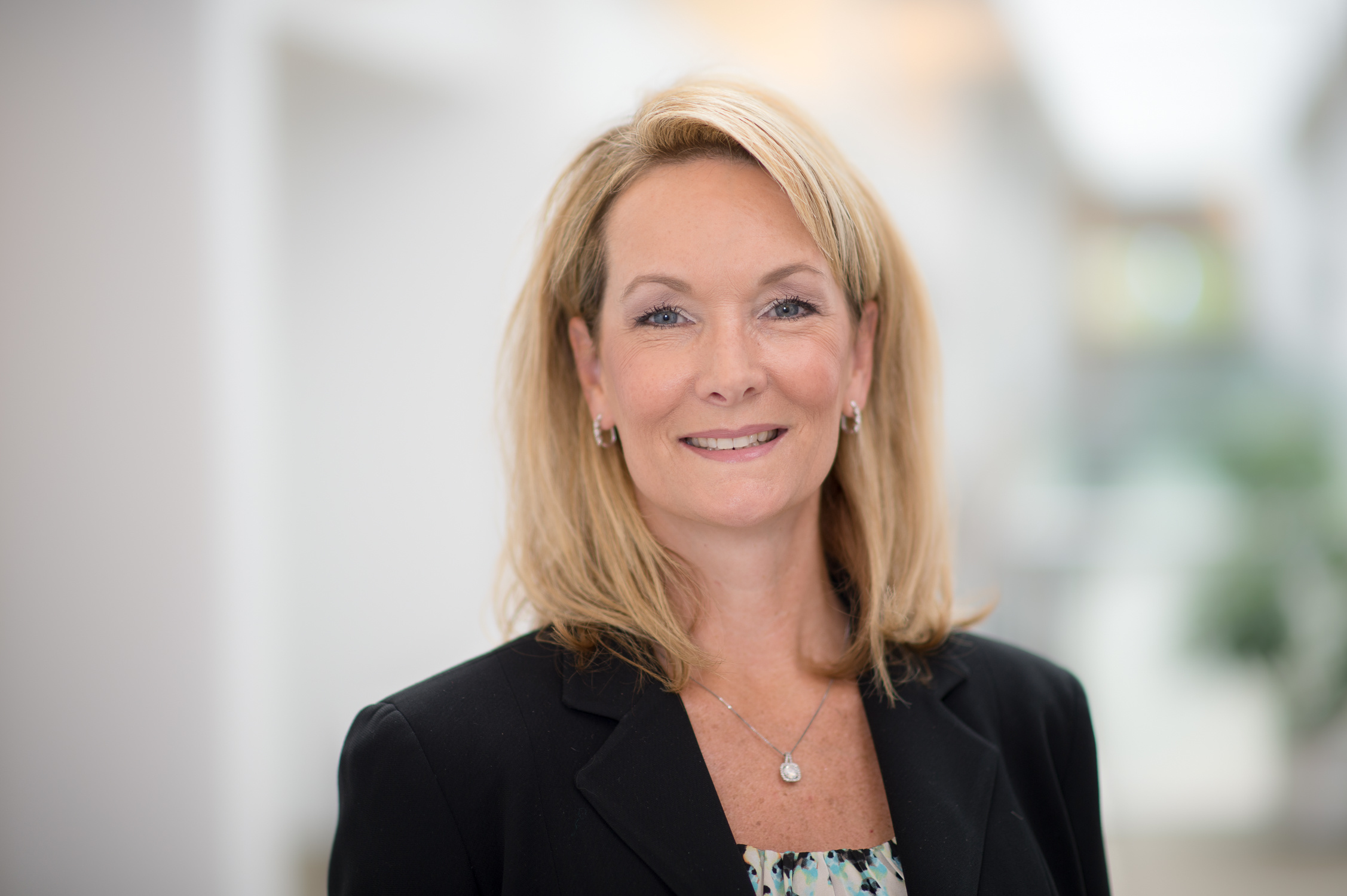Fee Compression and Rising Demand for Services Lead Advisors to Adjust Their Pricing Structure
| For Amaya Uriarte | 0 Comentarios

As more members of the next generation join the client base and affluent investors accumulate increasing wealth, financial advisors must adapt and adjust their fee structures to serve these potential clients, according to the latest edition of Cerulli Edge–U.S. Advisor.
Currently, 44% of advisors surveyed by Cerulli earn at least 90% of their revenue from advisory fees. By 2026, that percentage of advisors is expected to grow to 54%. Meanwhile, the percentage of advisors charging a combination of fees and commissions is expected to decline significantly over the next 24 months.
“As fee compression continues and a new generation of prospective clients emerges, advisors must adapt and evolve to meet changing expectations,” said Kevin Lyons, senior analyst at the international consultancy.
“Service expectations and pricing structures differ greatly from those of previous generations. Clients, especially high-net-worth individuals, increasingly expect their advisors to provide more than just investment management,” he added.
Although average advisory fees have remained largely stable, signs of change are on the horizon. By 2026, 83% of financial advisors expect to charge less than 1% to clients with more than $5 million in investable assets, and the average fee for clients with more than $10 million in assets is expected to be around 66 basis points—a slight decrease from current costs. That is nearly half the projected fee for clients with $100,000 in investable assets (125 basis points).
Cerulli finds a direct correlation between the range of services a financial advisor and their team can offer and the average assets under management (AUM) of their clients. For those advisors looking to attract HNW clients, it is essential to offer a broader range of services while maintaining an attractive and competitive cost structure.
“The pressure to reduce fees while meeting clients’ growing demand for additional services creates a challenging environment for financial advisors,” said Lyons. “Advisors who can clearly define their processes, remain flexible in their fee structures, and adapt to deliver a wider array of services will be better positioned to stand out from their peers and attract the types of clients they seek,” he concluded.


